Sunstone (1979)
Genre : Animation
Runtime : 3M
Director : Ed Emshwiller
Synopsis
Experimental computer animation from pioneering artist Ed Emshwiller.
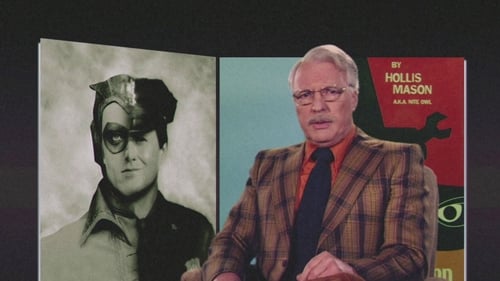
Stars from the Watchmen movie team up in the amazing live-action/CGI Under the Hood, based on Nite Owl's powerful firsthand account of how the hooded adventurers came into existence.

Journey across Morocco, Spain, Mexico, Argentina, Patagonia, Texas and British Columbia, to meet vaqueros, gauchos, baqueanos and cowboys - all part of a single global horse culture, an unbroken trail stretching back 1,500 years.

A short film depicting the execution of Mary, Queen of the Scots. Mary is brought to the execution block and made to kneel down with her neck over it. The executioner lifts his axe ready to bring it down. After that frame Mary has been replaced by a dummy. The axe comes down and severs the head of the dummy from the body. The executioner picks up the head and shows it around for everyone else to see. One of the first camera tricks to be used in a movie.
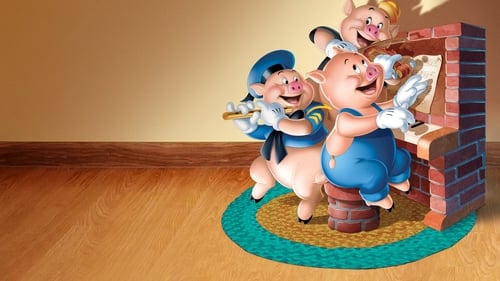
The two pigs building houses of hay and sticks scoff at their brother, building the brick house. But when the wolf comes around and blows their houses down (after trickery like dressing as a foundling sheep fails), they run to their brother's house. And throughout, they sing the classic song, "Who's Afraid of the Big Bad Wolf?".

The work of photographer Diane Arbus as explained by her daughter, friends, critics, and in her own words as recorded in her journals. Illustrated with many of her photographs. Mary Clare Costello, narrator Themes: Arbus' quirky go-it-alone approach. Her attraction to the bizarre, people on the fringes of society: sexual deviants, odd types, the extremes, styles in questionable taste, poses and situations that inspire irony or wonder. Where most people would look away she photographed.

Two girls are in a sparsely furnished apartment, scantily clad, and being generally unpleasant to each other.
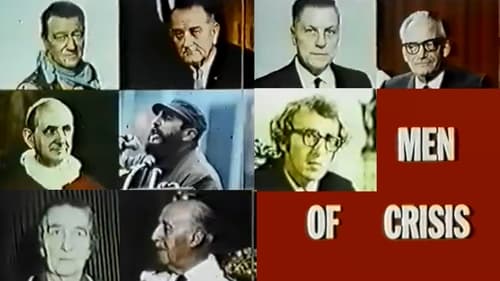
Dr. Harvey Wallinger is one of Nixon's aides who rises through the ranks to become the "real" power behind the president.

Young Vincent Malloy dreams of being just like Vincent Price and loses himself in macabre daydreams that annoy his mother.
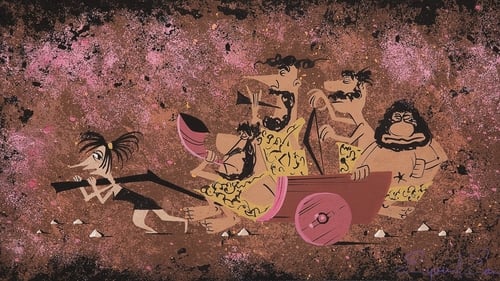
In this short subject (which mostly represents a departure from Disney's traditional approach to animation), a stuffy owl teacher lectures his feathered flock on the origins of Western musical instruments. Starting with cavepeople, whose crude implements could only "toot, whistle, plunk and boom," the owl explains how these beginnings led to the development of the four basic types of Western musical instruments: brass, woodwinds, strings, and percussion.

A magical tale of friendship and loneliness, which tells the story of a little boy who one day finds a penguin on his doorstep. Although at first he is unsure what to do, the boy becomes determined to help the penguin find his way back home... even if that means rowing all the way to the South Pole!

A marching band of Germans, Italians, and Japanese march through the streets of swastika-motif Nutziland, serenading "Der Fuehrer's Face." Donald Duck, not living in the region by choice, struggles to make do with disgusting Nazi food rations and then with his day of toil at a Nazi artillery factory. After a nervous breakdown, Donald awakens to find that his experience was in fact a nightmare.

Second animation about Gena and Cheburashka.
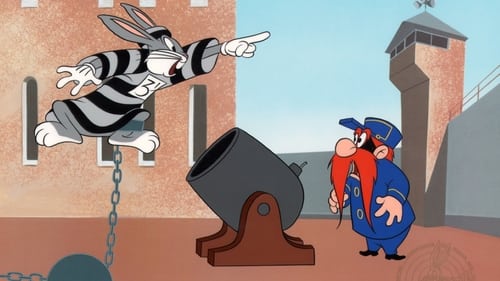
Bugs Bunny escapes hunters by leaping into his rabbit hole and tunneling to safety. Unhappily he tunnels into the Sing Song prison where a sadistic prison guard named Sam Schultz refuses to accept that he's anything but one of the prisoners. Soon Bugs is in stripes, but it's the guard who will find prison life to be hell when Bugs Bunny is around to trick him into a cell, the hangman's noose, an electric chair and even into the warden's office, where Bugs will put a severe strain on the relationship between boss and underling. Finally, Sam decides that enough is enough.

Bugs Bunny once again making that "wrong turn at Albuquerque" burrows into a bullring, where a magnificent bull is making short work of a toreador. The bull bucks Bugs out of the arena, prompting the bunny to declare "Of course you realize, this means war!" The deft Bugs' arsenal comes plenty packed, as he uses anvils, well-placed face slaps and the bull's horns as a slingshot. The bull fights back, using his horns as a shotgun barrel. The bull's comeback is short-lived; just after Bugs makes out his will, he lures the bull out of the arena, just in time to set up a rube-like device that leads to the bull's defeat.
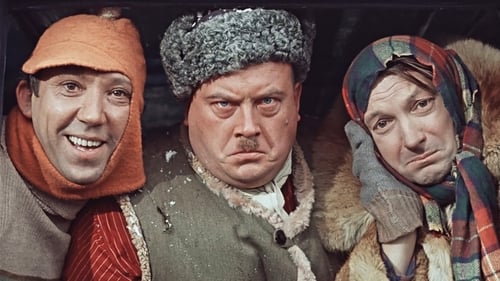
This is the second silent (save for a song) slapstick comedy short about adventures of Worldly, Coward, and Fool. In a small hunting lodge three friends are making illegal moonshine. Bottled "product" fills shelves quickly. Life is good. But their dog Barbos doesn't understand that bringing a moonshine condenser coil to a police station is a bad idea...

In this short film, Laurel and Hardy wage battle with inanimate objects, their co-workers, and the laws of physics during a routine work day at a sawmill.

In Manhattan's Central Park, a film crew directed by William Greaves is shooting a screen test with various pairs of actors. It's a confrontation between a couple: he demands to know what's wrong, she challenges his sexual orientation. Cameras shoot the exchange, and another camera records Greaves and his crew. Sometimes we watch the crew discussing this scene, its language, and the process of making a movie. Is there such a thing as natural language? Are all things related to sex? The camera records distractions - a woman rides horseback past them; a garrulous homeless vet who sleeps in the park chats them up. What's the nature of making a movie?

Walking along with his bulldog, Charlie finds a "good luck" horseshoe just as he passes a training camp advertising for a boxing partner "who can take a beating." After watching others lose, Charlie puts the horseshoe in his glove and wins. The trainer prepares Charlie to fight the world champion. A gambler wants Charlie to throw the fight. He and the trainer's daughter fall in love.
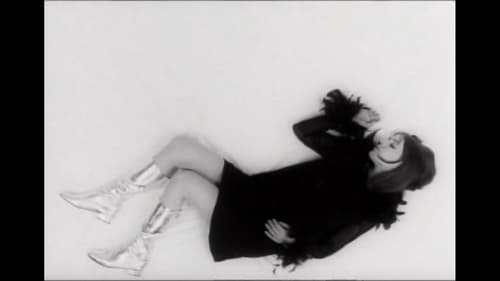
An elegant and humorous film—in the guise of a serious anthropological treatise—spotlights "The Perfect Human," a model of the modern Dane created by our wishful thinking.

The narrative portrays a plain man who guides the viewer through his life in a bleakly stylised world.

















